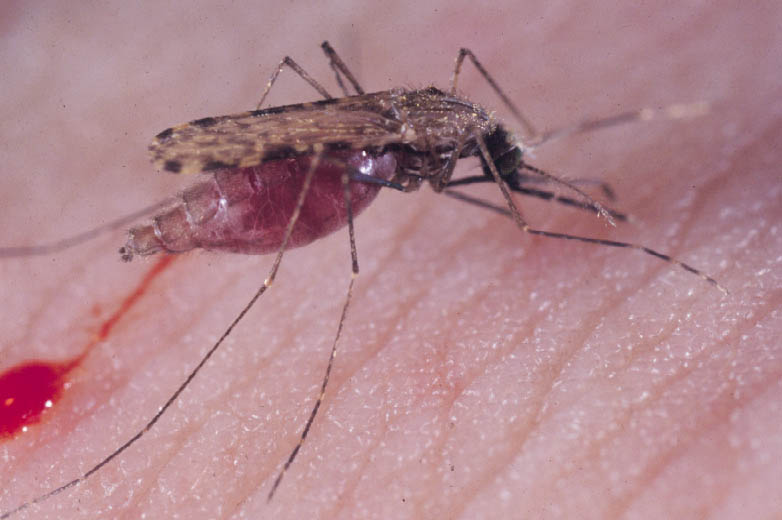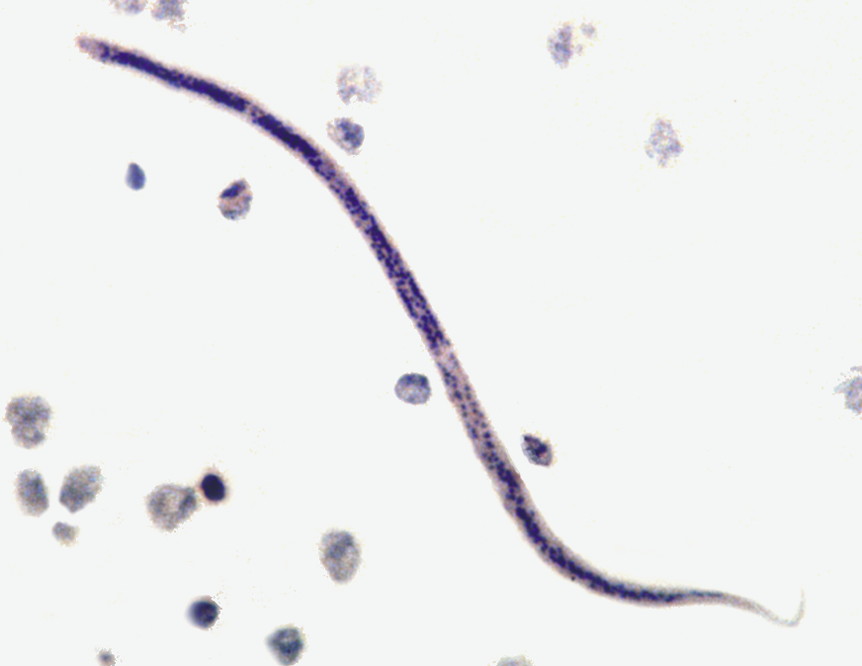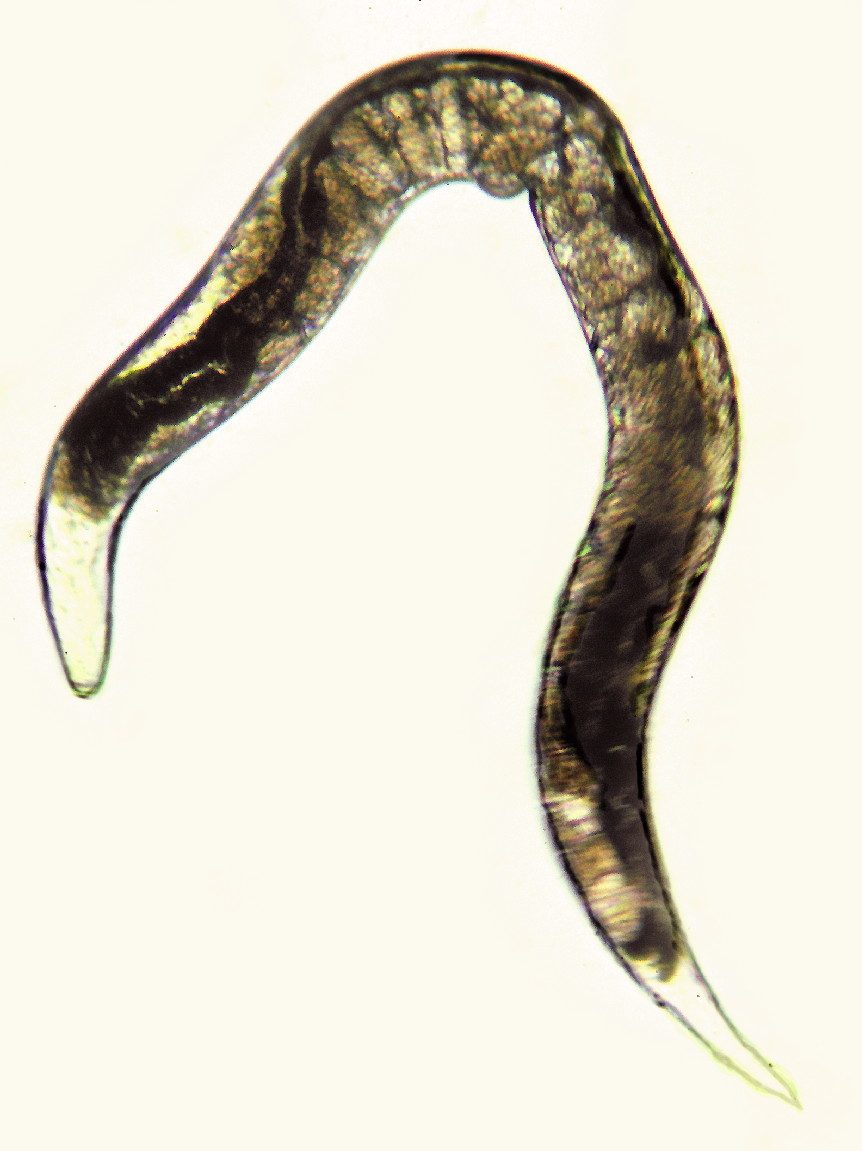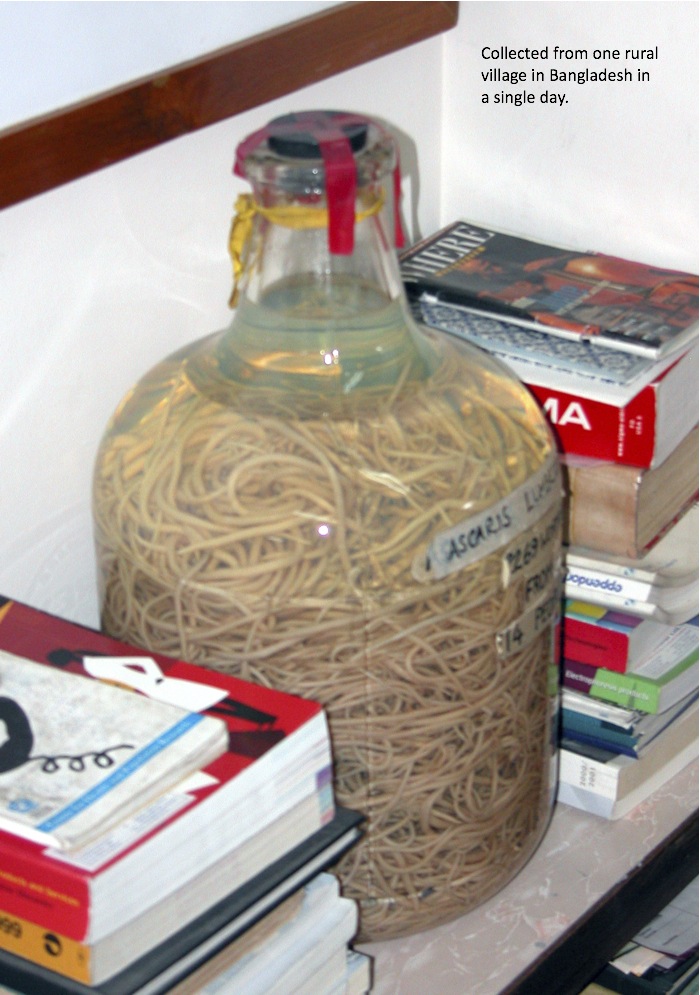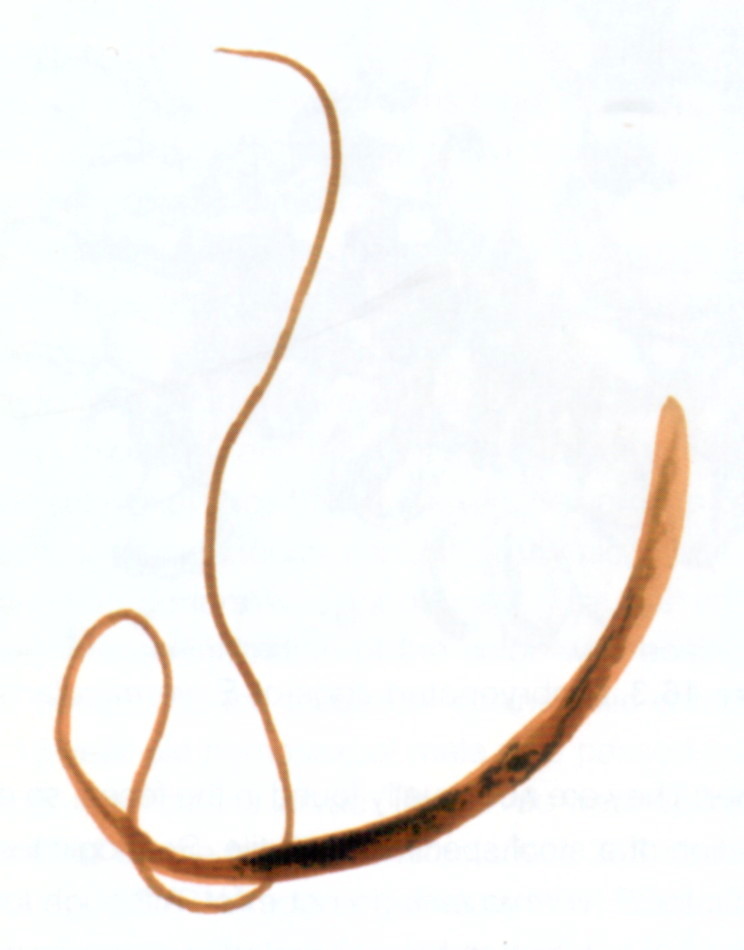Vincent and Dickson discuss medical entomology with Robert W. Gwadz, Assistant Chief of the Laboratory of Malaria and Vector Research at NIAID.
TWiP 27: Trematodes
- June 22, 2011
- Tagged as: clonorchis, fasciola, fasciolopsis, fluke, heterophyes, metagonimus, paragonimus, parasite, parasitism, snail, trematode
Vincent and Dickson continue their discussion of trematodes, or flukes, which have a snail as a reservoir host.
Vincent and Dickson take on the schistosomes, agents of a series of related diseases in humans referred to as schistosomiasis.
Vincent and Dickson review Wuchereria bancrofti, the nematode that causes lymphatic filariasis, also known as elephantiasis.
Vincent and Dickson discuss the life cycle and pathogenesis of Onchocerca volvulus, the vector-borne filarial nematode parasite that causes onchocerciasis, or river blindness.
Vincent and Dickson review the life cycle and pathogenesis of the world’s most unusual parasite, Strongyloides stercoralis.
Vincent and Dickson discuss possibly the most socially and politically important nematode of humans, the hookworm Ancylostoma duodenale and Necator americanus.
Vincent and Dickson review the biology and pathogenesis of Ascaris lumbricoides, one of the largest nematodes to infect humans.
Vincent and Dickson continue their discussion of nematodes with the whipworm Trichuris trichiura.
Vincent and Dickson move on to nematodes with a discussion of the pinworm Enterobius vermicularis.

